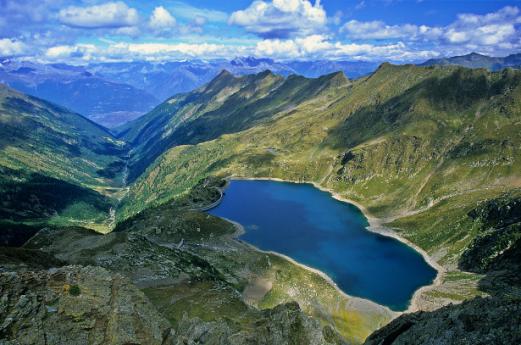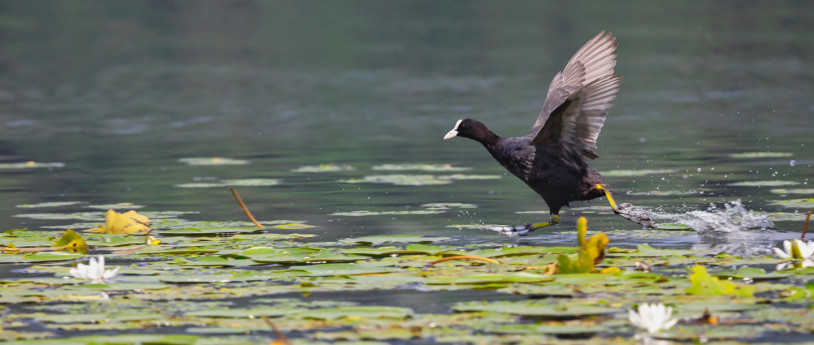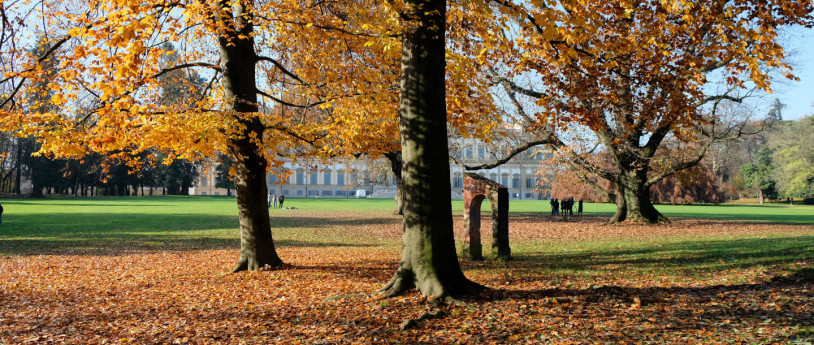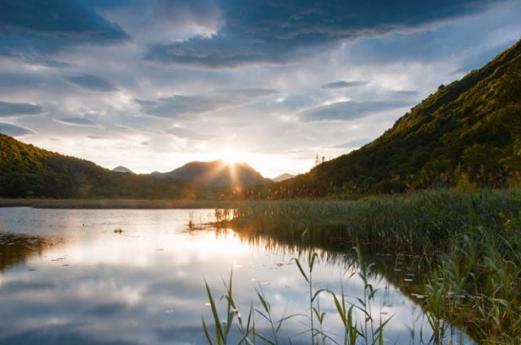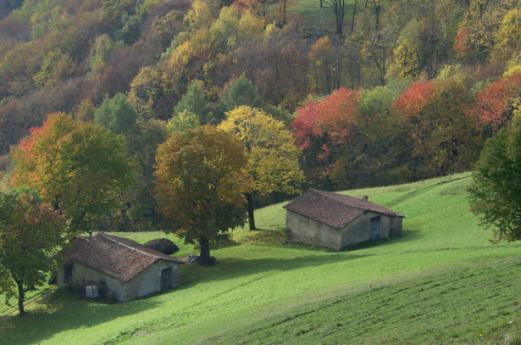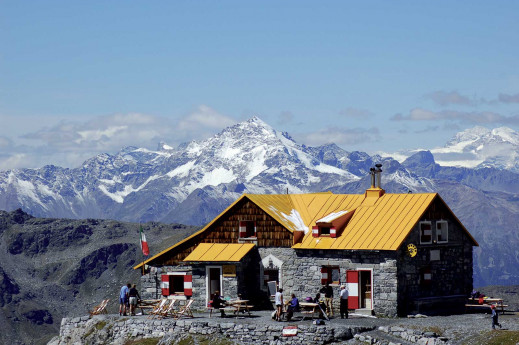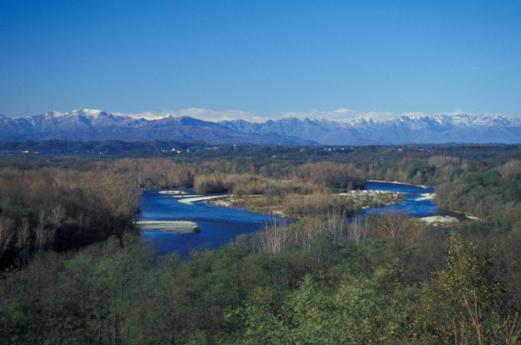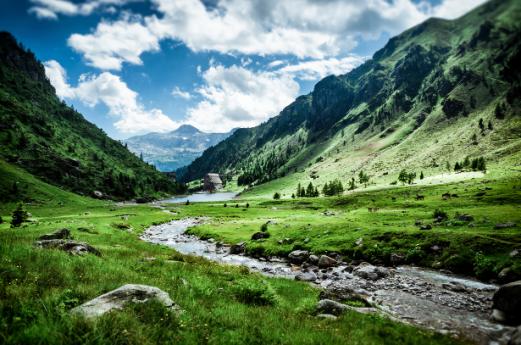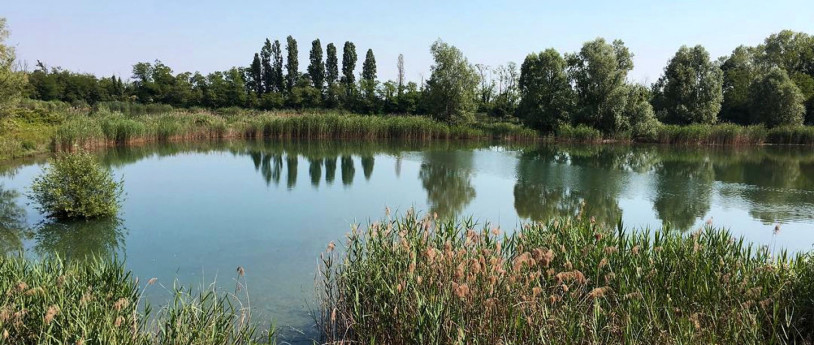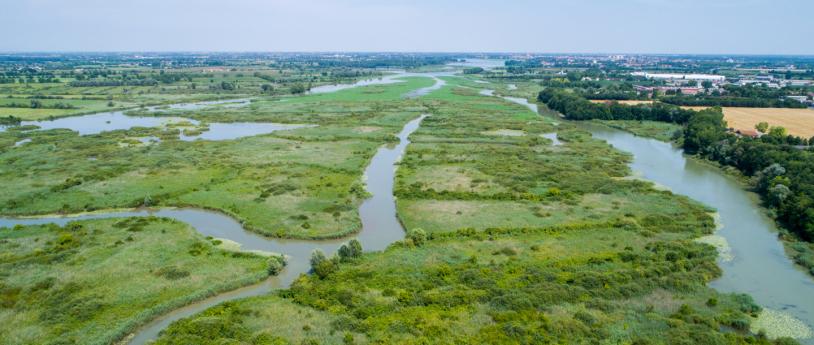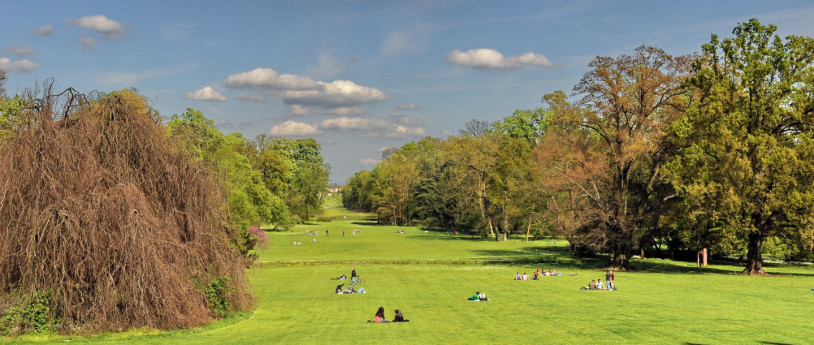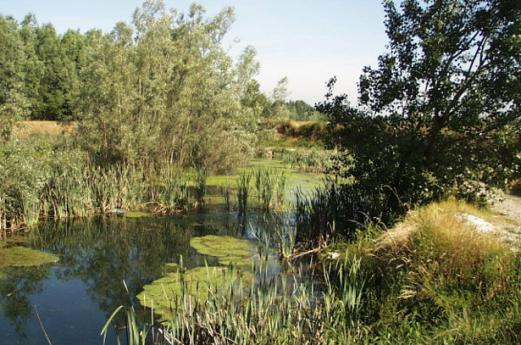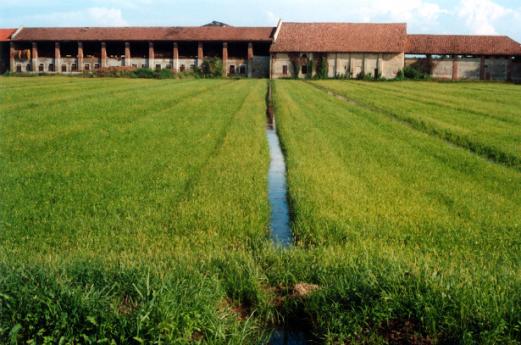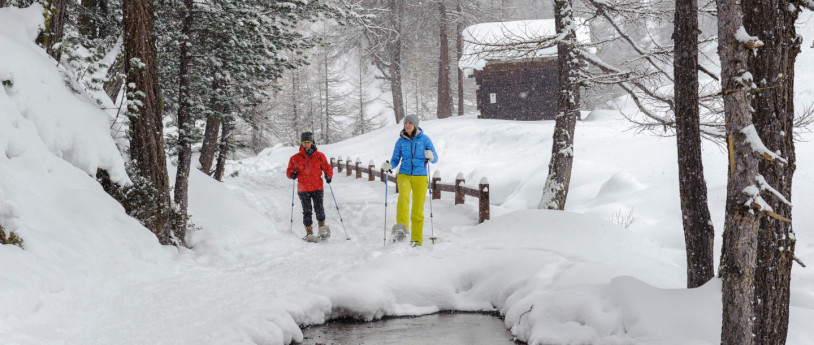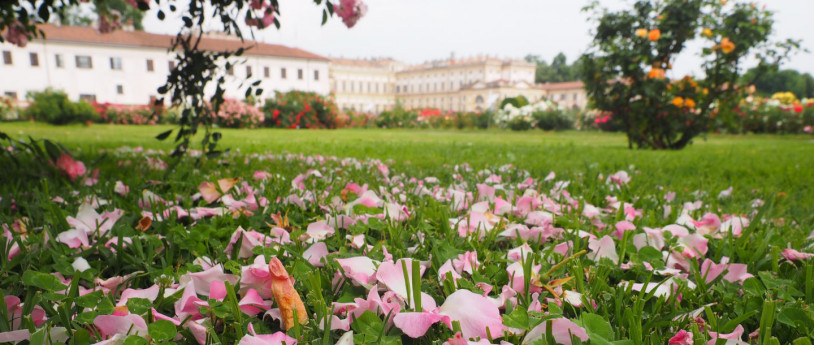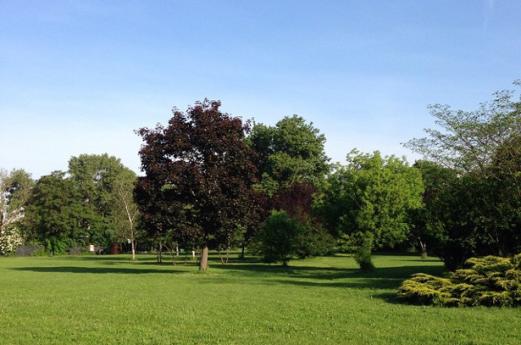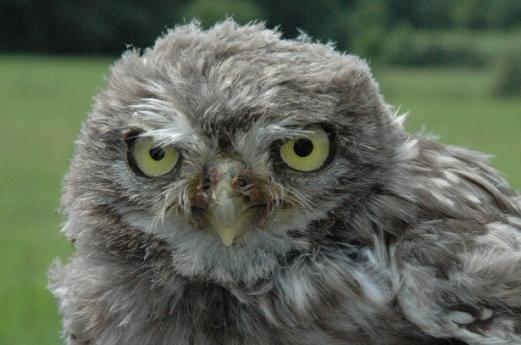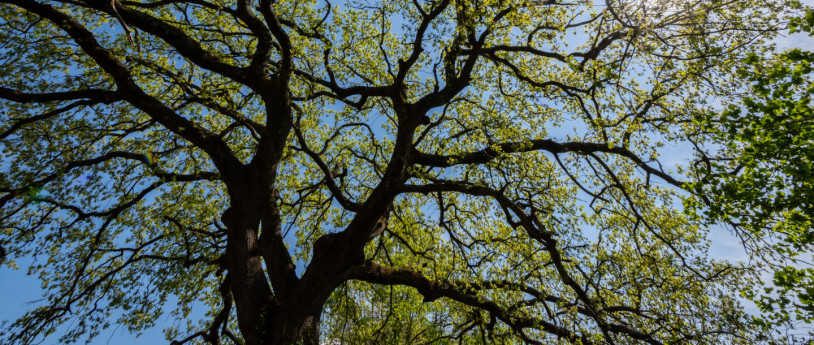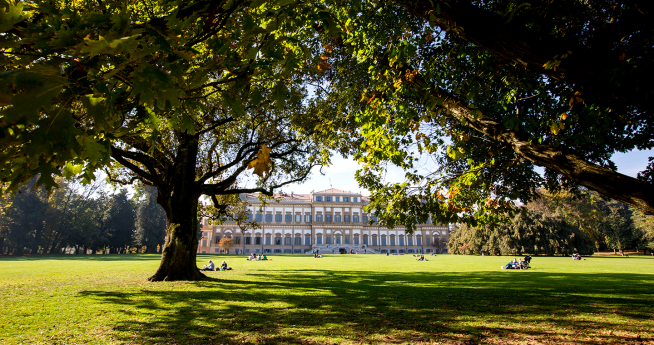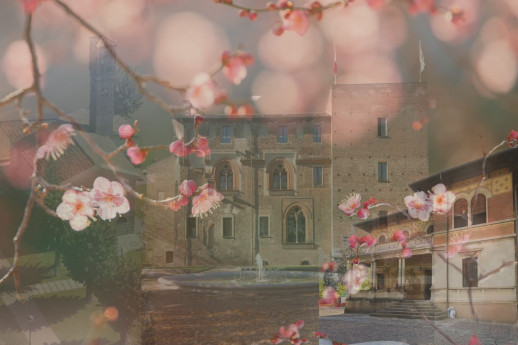- Parks
- Active & Green
Groane Park Lombardy
Settled close to the cities the park is marked by its moorlands and some important historical villas
Groane Park, which covers over 3,400 hectares, occupies the most continuous and important semi-natural terrain of the Lombard high plains north west of Milan.
The last forests of great oaks and towering pines stand protected between houses, buildings and industries. The old ruins of industrial kilns mark the landscape with their brick walls. The ancient aristocratic villas that dot the landscape with their gardens serve as a reminder of the past.
The Regional Park was founded in 1976 through the concerted efforts of Lombardy's cities and regional government. Since 1984 a spatial plan has been instituted that regulates the use of the areas, to create a harmonious balance between nature conservation, agriculture and tourism. The nature reserves found here have been named sites of Community interest. All of these wonders are located within the confines of the city, amid the swarm of traffic and the bustling rhythm of urban life. The park also has a series of bicycle paths, which allows the locals to stay in touch with nature, without having to leave the city.
Groane Park is a moorland area of peculiar geological interest, consisting of clay "ferritized" shelves that harbour the park's unique environment and flora. The moors are vast grasslands, characterised by a small shrub, known as Calluna, a variety of heather that explodes in late-August with lush pink blossoms. The pine forests are sparsely populated mostly with Scots pines, especially in Cesate, which was planted by the forestry commission in the 18th century. The oak forests are the most mature forests in the park, with their mighty English oaks and durmast oaks, with the alternating presence of birch, maple, hornbeam, with ash trees in the cooler corners of the woods. The most interesting species of wildlife that call the park their home include the fox, squirrel, woodpecker, dormouse, kestrel and the long-eared owl.
The park also encompasses many sites of historical and artistic interest, such as the hamlet of Castellazzo di Bollate, the Valera di Arese mansion, Villa Borromeo in Senago, the Cascina Mirabella farmhouse in Lentate sul Seveso and the traces of industrial archaeology.
